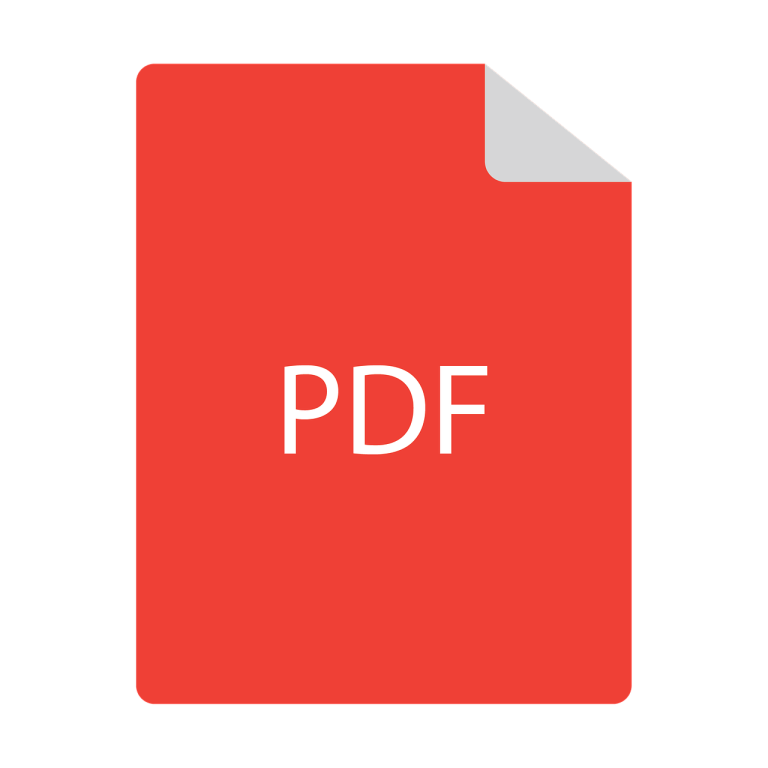Laravel is a popular PHP framework known for its elegant syntax and robust features. One such feature is the ability to generate PDF documents, a crucial requirement for many web applications today.
Popular Laravel PDF Packages
There are several packages available that make PDF generation in Laravel a breeze. Two of the most popular ones are:
- DOMPDF Wrapper for Laravel: This package provides a simple and flexible API for converting HTML to PDF.
- mPDF wrapper for Laravel: This package is another excellent option for generating PDFs, particularly known for its extensive support for CSS and JavaScript.
In addition to these, there are numerous other Laravel PDF packages, each with their unique features and capabilities.
Generating PDF in Laravel with DomPDF
Creating a PDF in Laravel can be achieved in a few simple steps. Here’s a step-by-step guide on how to generate a PDF using DomPDF in Laravel:
- Install Laravel: If you haven’t already, install Laravel by running the following command in your terminal:
composer global require laravel/installer- Install DomPDF: Once Laravel is installed, navigate to your Laravel project directory and install the DomPDF package using composer:
composer require barryvdh/laravel-dompdf- Configure DomPDF: After installation, you need to add the ServiceProvider to the providers array in
config/app.php:
Barryvdh\DomPDF\ServiceProvider::class,Also, add the facade to the aliases array in config/app.php:
'PDF' => Barryvdh\DomPDF\Facade::class,- Create a Route: Now, you need to create a route in your
routes/web.phpfile that will generate the PDF. Here’s an example:
Route::get('generate-pdf', 'PDFController@generatePDF');- Create a Controller: Next, create a new controller called
PDFControllerusing the following command:
php artisan make:controller PDFControllerIn this controller, add a generatePDF function that will load a view file and convert it into a PDF:
public function generatePDF()
{
$data = ['title' => 'Welcome to My Laravel PDF'];
$pdf = PDF::loadView('myPDF', $data);
return $pdf->download('myPDF.pdf');
}- Create a View: Create a new view file in
resources/viewscalledmyPDF.blade.php. This is the HTML that will be converted into a PDF. You can add any content you want to this file. - Generate the PDF: Now, you can generate the PDF by visiting the route you created in your web browser (e.g.,
http://your-laravel-app-url/generate-pdf). This will download a PDF with the content of your view file.
Remember to replace 'myPDF' and 'Welcome to My Laravel PDF' with your actual view file name and your actual title.
Advanced PDF Generation Techniques
Beyond basic PDF generation, there are several advanced techniques you can use to customize your PDFs:
- Setting margins, headers, footers, and backgrounds
- Landscape orientation and scaling
- Exporting specific pages
For more information on these techniques, check out this documentation.
Generating PDFs in Laravel is a powerful feature that can greatly enhance your web applications. With the right package and a bit of practice, you can start generating custom PDFs in no time. So go ahead, explore these resources, and happy coding!

